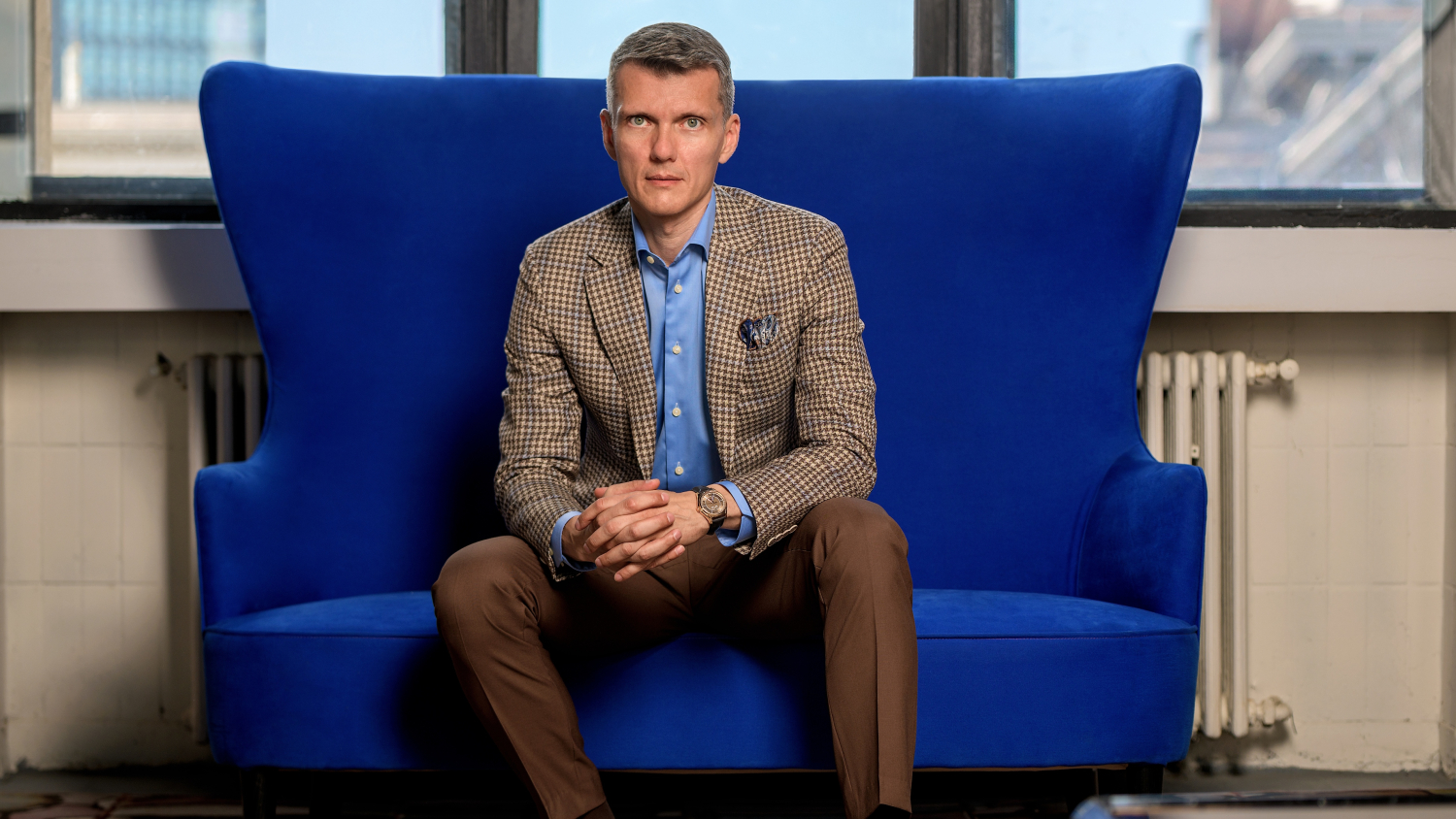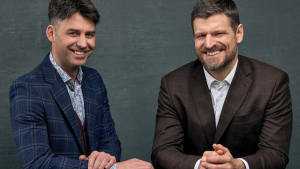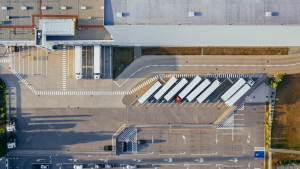
Sorin Preda, CEO and Founder of Global Vision, talked to Property Forum about the company’s ongoing industrial developments in Romania, the focus of investments in large cities and the future of development marked by the regional nearshoring trend.
This interview was first published in Property Forum’s annual listing of "The 50 most influential people on Romania’s real estate market”.
What were some of Global Vision’s operational and financial highlights from 2023 and what are your objectives for 2024?
This year marks our 20th anniversary, and we remain among the most engaged developers in the industrial and logistics sector in Romania. We have achieved a 100% occupancy rate within the Mureș City Logistics project inaugurated last year, with a leasable area of 18,000 sqm. We are nearing the same occupancy rate for the Chitila Logistics Hub with the help of new leases, from tenants in the logistics and furniture industry. The inauguration of the Craiova development will happen in Q2 this year, and we are focusing on a new 16,000 sqm project in Arad.
Corner Office Building is in its last refurbishment phase, while in the meantime, several tenants from different industries such as banking, construction, energy, and architecture decided to join our business community within the building. Our main objectives are to keep developing in major and secondary cities across the country, not only industrial, but also retail and residential projects.
How much has Global Vision invested to date in Romania and what is the total leasable area your company has completed until now?
Our investments in Romania exceed €500 million to date. As of now, Global Vision’s portfolio encompasses over 1.7 million sqm of construction and development, actively managed by our asset and property management division. We currently secured over 1 million sqm of land across eight cities in Romania, in addition to our existing parks. Operational efficiency remains our priority, ensuring tenant satisfaction and sustainable added value across our properties. Our strategic land ownership positions us for future growth and development opportunities while enabling us to meet the evolving market demands.
What is the current development pipeline of Global Vision?
Global Vision maintains a robust pipeline of development projects focused on sustainable warehouses, comprising both new initiatives and those already underway, with a particular emphasis on Build-to-Suit projects. We already have plans to initiate projects in Otopeni City Logistics and Chitila City Logistics as part of our City Logistics: Last Mile series. Additionally, we are exploring development opportunities in new cities like Brașov, Bacău, and Cluj. The ongoing expansion of Constanța Business Park remains a key priority, with focus on constructing the third and fourth buildings, alongside the development of the intermodal platform, retail park and even a residential project.
The intermodal terminal further enhances transportation efficiency and connectivity within the park. This expansion is aimed at bolstering the park’s logistical infrastructure, reinforcing its status as a pivotal business centre.
Are you exploring investments in Romanian regions that have reported limited industrial development until now?
Global Vision is committed to connecting less-developed areas of Romania with thriving economic centres through strategic development projects. These initiatives aim to improve transportation networks and make it easier to access major European routes. As a result, we expect increased interest from businesses looking to establish operations in Romania, whether it is for light production, logistics or warehousing.
What kind of companies are generating the biggest demand for warehouse space in your projects?
Of course, demands have increased and diversified, as can be seen by companies already established in our industrial parks. These include the pharmaceutical industry, online retail, and the automotive sector, as well as companies seeking spaces for assembly lines, for example.
The warehousing industry remains a common topic of discussion, and its advancements are crucial for nurturing a diverse community of clients. Our spaces serve not only traditional logistics needs but also clients seeking Build-to-Suit units, temperature-controlled environments, light production facilities, or office spaces.
Is the nearshoring trend in Central and Eastern Europe (CEE) being felt in Romania?
Certainly, the nearshoring trend in CEE is unmistakably making its mark in Romania. As in previous years, discussions persist particularly within the industrially and logistically driven sectors, which are still experiencing a period of pronounced productivity. The country’s geographical location provides a gateway to various regions, making it an appealing destination for businesses looking to expand their reach and access new markets.
This advantage is further enhanced by ongoing efforts to improve transportation networks, which will facilitate the smoother movement of goods and services across borders.
As a result, Romania is increasingly becoming a preferred choice for companies seeking to establish a foothold in Europe while also targeting broader international markets in the EMEA region. A clear example of this strategic advantage can be seen in Constanța Business Park. The practical advantages of being well-connected make it an attractive option for investors considering moving their operations.
What are the strong points of Romania’s industrial market compared to other countries in the region?
In the current geopolitical context, Romania emerges as a significant player on the international stage, offering economic opportunities that extend to various domains. Moreover, when considering specific regions, the northeastern part of Moldova stands out prominently.
This area holds immense potential for the establishment of production hubs geared towards supplying materials to be utilized and assembled in Ukraine. The integration of ports with robust road and rail infrastructure becomes crucial in attracting fresh capital investments. We are already laying down plans for development initiatives in the northeastern region of the country.
This strategic focus underscores our commitment to capitalizing on emerging opportunities while contributing to regional growth and connectivity.
What is needed to see more investments in the industrial sector across the country?
Infrastructure development is paramount, as it currently lags behind. Promises have been made in this regard, and many secondary projects hinge on its realization as it plays a vital role in attracting new capital investments, particularly within this industry.
Moreover, there is a pressing need to modernize existing ports and terminals to enhance cargo handling efficiency. The increasing demand for fast, reliable delivery services has created opportunities for companies to innovate and expand their operations.
Last-mile delivery remains a focus for innovation, with opportunities to improve efficiency, reduce costs, and enhance customer satisfaction through technology and alternative delivery methods. As global trade continues to evolve, logistics companies can benefit from expanding into new markets and providing cross-border logistics solutions through Romania.



